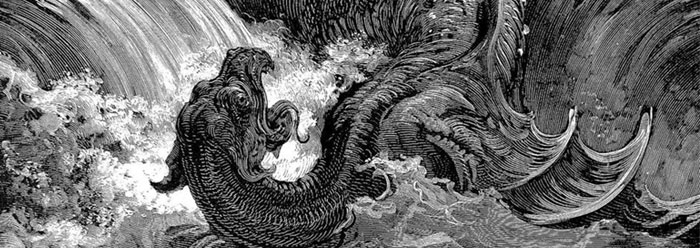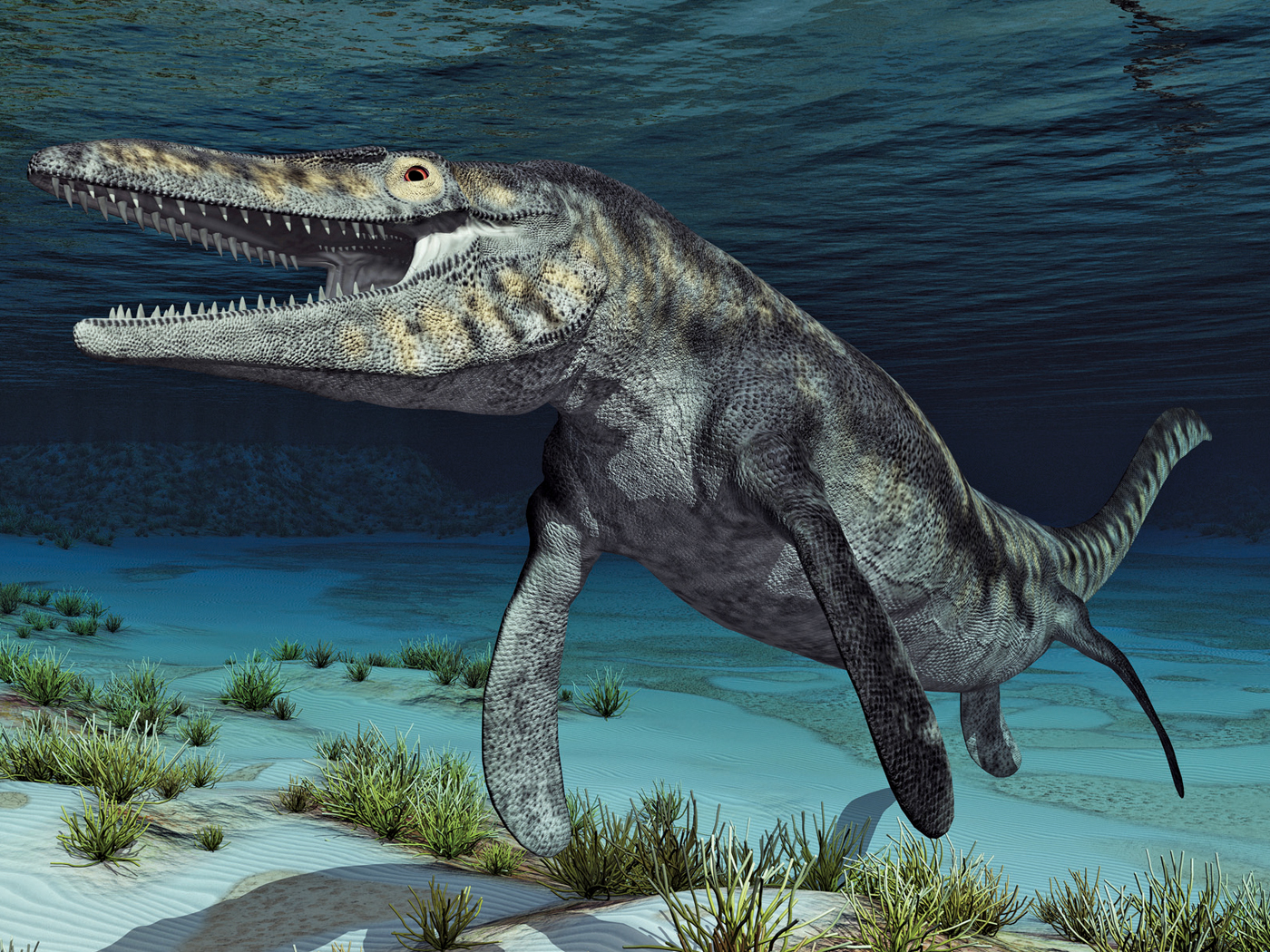Did a fish, whale, or something else swallow the prophet Jonah? Historian Bill Cooper recently helped answer this question in his 2012 book The Authenticity of the Book of Jonah.1 The main clue Dr. Cooper followed was simply the then-common Greek word the Lord Jesus used in Matthew 12:40 for Jonah’s monster, transliterated kêtos. What was the ketos? Dr. Henry Morris wrote, “It could have been…a large whale-shark, or possibly some now-extinct marine reptile.”2
Although knowing the animal’s exact identity is not necessary to understand the Jonah passages, its proper identification would add an element of historicity to the prophet’s traumatic experiences. Jonah 1:17, referenced as 2:1 in the Hebrew Bible, uses the Hebrew word dag to refer to a broad range of sea creatures. It had “great” (gadôl) size—large enough to swallow a whole man.
The second century B.C. saw the Hebrew Old Testament translated into the Greek Old Testament, commonly called the Septuagint. There, dag gadôl (“great fish”) translates into kêtei megalô, meaning a “mega-sized ketos.”3
Jesus said, “For as Jonah was three days and three nights in the belly of the [ketos], so will the Son of Man be three days and three nights in the heart of the earth.”4 Was Jonah swallowed by a now-extinct marine reptile? Ancient writers—including New Testament authors—used specific words for specific creatures.5 Why did Matthew’s gospel not use the common words for fish, shark, or whale?
Cooper identified an array of sources from outside the Bible that pinpoint the ketos as a sea dragon. A ponderous weight of historical evidence shows those who best knew the Mediterranean Sea consistently used ketos to mean “a sea serpent.” Cooper wrote, “The ketos—the dog-headed sea-dragon—appears in accounts from ca. 700 B.C. and all the way up to ca. A.D. 500.”1
These and other ancient authors and historians mentioned the ketos:1
- Homer (9th–8th century B.C.)
- Euripides (ca. 480-406 B.C.)
- Aristophanes (448-380 B.C.)
- Lychophron (285-247 B.C.)
- Marcus Terentius Varro (116-27 B.C.)
- Diodorus Siculus (ca. 60 B.C.–A.D. 30)
- Manilius (1st century A.D.)
- Pausanias (2nd century A.D.)
- Claudius Aelianus in his De Natura Animalium (ca. A.D. 175-235)
- Oppian of Apamea (ca. A.D. 200)
- Eustathius (ca. A.D. 300-377)
- Hesychius (5th century A.D.)
- Johannes Moschus (6th century A.D.)
As if it were needed, additional visual art evidence identifies the ketos as a sea serpent. Artists in Rome, Africa, Turkey, Asia, and England painted, carved, and modeled the ketos with consistent anatomy. Again and again, they depicted its dog-like head with prominent teeth and plume-like flaps or frills above the head and neck. They also consistently rendered its huge body as slender and often coiled.
The Authenticity of the Book of Jonah describes a first-century painting from a Roman catacomb showing Jonah being thrown to a sea monster. This ketos had a dog-like head and a flexible neck. Numerous artifacts show a similar animal, including tile mosaics, wood, stone, ivory carvings, and even coins. The ketos looked like nothing common today, but that does not mean marine reptiles were not common in the past. After all, both the books of Job and Psalms refer to the large sea reptile leviathan.
History and archaeology indicate that the Lord Jesus’ audience might have understood exactly the kind of creature to which He referred—the ketos, the sea serpent that swallowed Jonah.
References
- Cooper, B. 2012. The Authenticity of the Book of Jonah. Amazon Digital Services, Inc.
- Morris, H. 2012. The Henry Morris Study Bible. Green Forest, AR: Master Books, 1319.
- Jonah 1 (King James Version). The Blue Letter Bible. Posted on blueletterbible.org, accessed April 11, 2013.
- Matthew 12:40.
- Some Greek names for sea creatures are galeos (small shark), zygaina (hammerhead), karcharias (sand shark), and ichthus (fish).
* Mr. Thomas is Science Writer at the Institute for Creation Research.
Cite this article: Thomas, B. 2013. What Really Swallowed Jonah? Acts & Facts. 42 (6): 16.






















